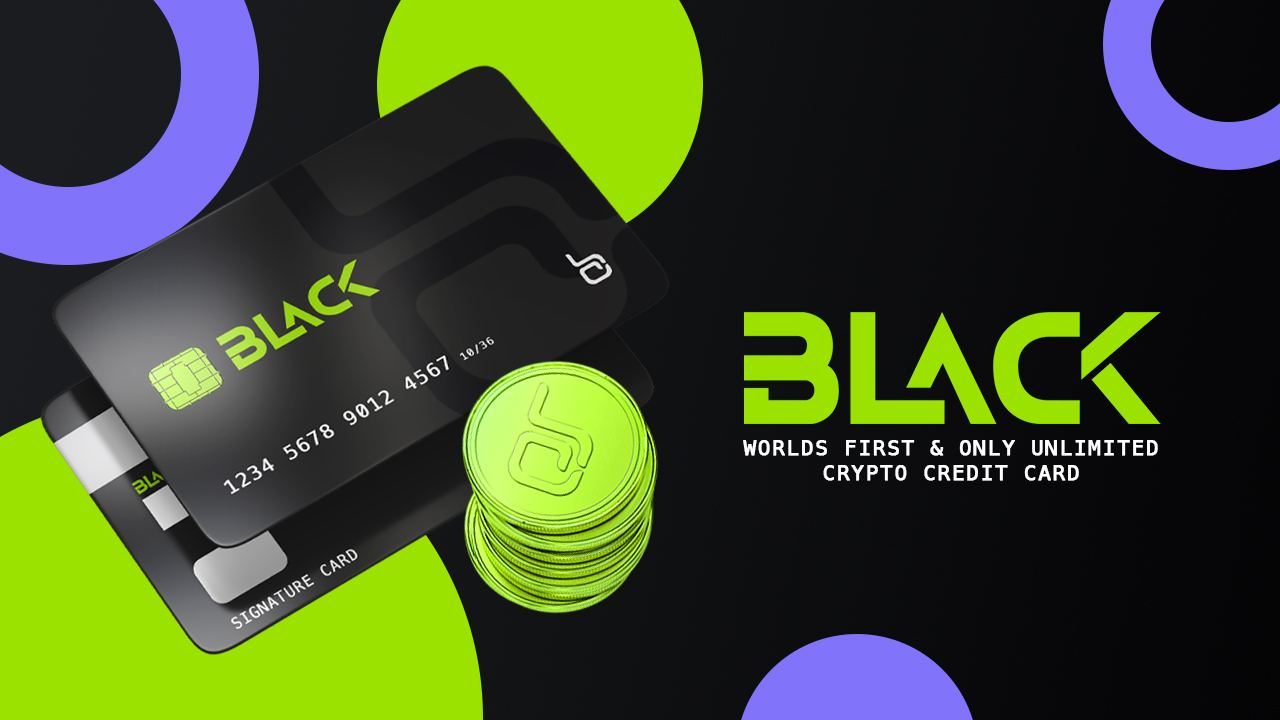Since September, Avalanche’s Total Value Locked (TVL) has increased from $ 2.3 billion to $ 13.9 billion. What made the platform grow so fast?
Source: Footprint Analytics
Support from a sustainable ecosystem
On August 18, the Avalanche Foundation launched a $ 180 million Avalanche Rush liquidity mining incentive program that fueled Avalanche’s first uptrend. Since then, the project’s incentive mechanism has been strengthened. Benqi, a loan project working with Avalanche, has also started a $ 3 million liquidity mining incentive program with the Avalanche Foundation that rewards AVAX and the protocol’s Qi tokens to users who sign up for Benqi borrowed. In less than a week, the project became the highest TVL protocol in the chain.
Two months later, the Avalanche Foundation launched a $ 200 million fund (Blizzard) that was used to incentivize 4 key areas of the Avalanche ecosystem (DeFi, enterprise apps, NFTs, and cultural apps) while moving towards others seek emerging applications. Avalanche supports the project by investing stocks, buying tokens and other forms of tech support, business development and ecosystem integration.
Avalanche also expands the ecosystem outward. Popular e-commerce platform Shopping.io has announced that it will be helping users use AVAX tokens to shop on Amazon, Walmart, eBay and other platforms, with a 2% discount in some regions.
US crypto payments infrastructure provider Wyre has also integrated its payments network into the Avalanche ecosystem, allowing users in over 50 countries / regions to convert 9 currencies to AVAX, including US dollars.
A powerful multi-chain framework
Avalanche is a Proof of Stake Chain and the main difference from other blockchains is that it has 3 core chains. Each thread has a different role and uses different data structures.
X-Chain (exchange chain)
– Used to trade, create assets and have fast transaction speed.
– Allows users to create and trade assets on X-Chain and AVM (Avalanche Virtual Machine).
C chain (contract chain)
– The purpose is to create, deploy and interact with smart contracts.
– As the chain supports EVM (Ethereum Virtual Machine), it is fully compatible with all smart contracts on Ethereum.
– Usually users use C-chain for mining and lending.
P chain (platform chain)
– Support for creating subnets, adding validators and creating blockchains as metadata blockchains on Avalanche.
Previously, transaction fees were high compared to other blockchains due to complex multi-chains. However, Avalanche enabled Apricot Phase Three to be upgraded to streamline API requests in August, resulting in a 66% reduction in transaction fees.
With this mechanism, Avalanche is able to increase the overall transaction speed in the chain with a TPS greater than 4500, while cheaper transaction fees make Avalanche a superior transaction experience compared to Ethereum. Avalanche Bridge’s native cross-chain bridge allows users to easily migrate assets from other blockchains.
Developer-friendly dApp ecosystem
The EVM compatibility makes it easy for developers in Ethereum to migrate all types of dApps (decentralized applications) to Avalanche. Unlike other blockchains that focus more on their own dApps, Avalanche is used to attract top protocols on Ethereum and get more development and attention.
Aave and Curve are currently the top 2 dApps on Ethereum, also deployed on Avalanche and contributing around 33% of the TVL, with Aave quickly overtaking traders Joe and Benqi at the top of the table after launching in October.
Source: Footprint Analytics
The number of logs with TVL over $ 100 million on Avalanche rose rapidly from just 4 in August to 12 in November, five of which exceeded $ 1 billion. In November, Avalanche Fund also announced that it would start a three-month liquidity mining bounty program totaling $ 15 million alongside SushiSwap. Each party bears half of it.
In addition to Ethereum’s, Avalanche’s own protocols are rapidly evolving in the form of incentives.
Source: Footprint Analytics
In the DEX category, pangolin is the one with the slower TVL growth, despite being the earliest player on Avalanche. In contrast, Trader Joe started his rapid growth in August and is currently at the top of the DEX pool with a TVL of $ 2.3 billion. Trader Joe offers trading, but also lending and liquid asset management. Users can convert an asset directly with LP capital to provide liquidity through streamlined operations and a one-stop shop experience.
In the loan portfolio, Benqi has a relatively stable TVL. Due to Aave’s airdrop in October, Benqis TVL collapsed and then gradually recovered to its old high of $ 1.7 billion, but its market share has been slowly swallowed up by Aave. Benqi has businesses like liquidity lending and mining, support for QI protocol token deposit, various stablecoins, WETH, WBTC and other assets from cross-chain on Ethereum to Avalanche.
In the Profit Farming category, Yield Yak, the first profit protocol in Avalanche, currently has a TVL of $ 700 million and is committed to limiting slippage for users when trading. Yield Yak earns income from farming in each protocol, these protocols are automatically combined and currently support stablecoins, single tokens and LP tokens.
Conclude
Avalanche is currently in 4th place among all blockchains in TVL and is equipped for further growth. The price of AVAX is also rising and has almost doubled since the beginning of September: At the end of November, AVAX was just behind ETH, BNB and SOL at USD 205.
Price of the tokens of the smart contract platform | Source: Footprint Analytics
Join Bitcoin Magazine Telegram to keep track of news and comment on this article: https://t.me/coincunews
Follow the Youtube Channel | Subscribe to telegram channel | Follow Facebook page

















